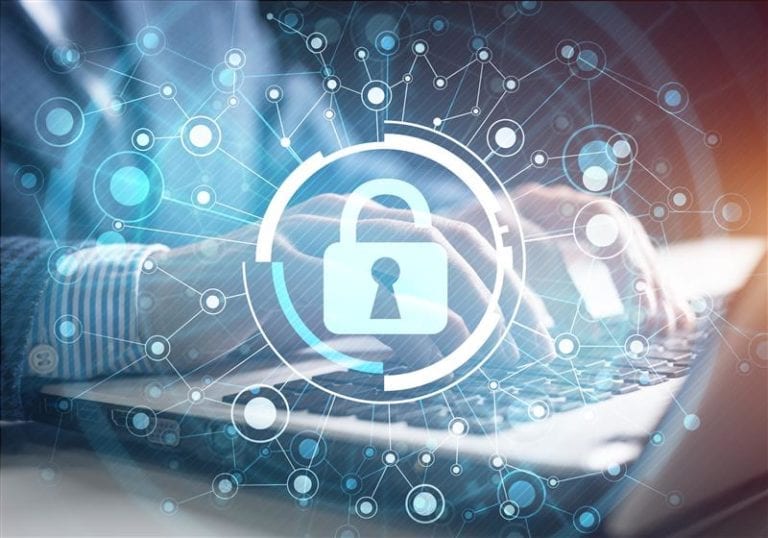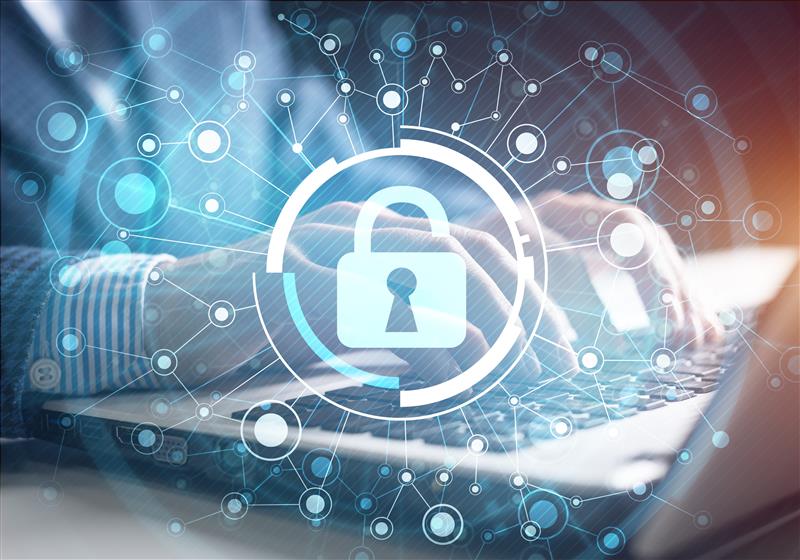If 2020 has taught us anything, it’s that it is nearly impossible to predict the future. But, as we look forward to the final quarter of the year, we’re still reflecting on how the technology industry – and the cybersecurity space, specifically – has evolved, and trying to make an educated guess at what’s in store for 2021.
Looking Back: How the Cybersecurity Industry Was Impacted By COVID-19
Like nearly every sector, cybersecurity has found itself in the midst of huge changes, pulled by a confluence of forces: Increased scrutiny on technology budgets; the sudden shift to remote work, and increased need for remote-work-enabling technology; plus, cybercriminals capitalizing on the pandemic for financial gain. McKinsey summed up the situation well: “Few corporate functions shifted priorities so much and so quickly when the COVID-19 crisis struck as corporate cybersecurity operations and the technology providers that support them did.”
In the early days of the COVID-19 pandemic, there was much uncertainty around the technology industry and how vendors would weather the storm. Investment in cybersecurity solutions reflected these concerns, with early-stage venture capital investment in cybersecurity decreasing by more than 37 percent in the first half of 2020.

Looking Ahead: The Future of Cybersecurity
As we navigate the upheaval, we are starting to see the pendulum swing back with signs of growth in cybersecurity investment on the horizon for the remainder of 2020 and into the new year. According to data gathered by LearnBonds, 68 percent of major organizations (both public and private) plan to increase their cybersecurity spending as a response to the coronavirus pandemic. And McKinsey found that security has been made a priority over other projects: Research of more than 250 global CISOs and security professionals found that crisis-inspired security measures will remain top budget priorities in the third and fourth quarters of 2020. Venture capital investment in cybersecurity startups has also shown no signs of slowing down.
What’s driving this increased demand? First, the swift and near-universal shift to remote work highlighted the critical need for solutions that could enable employees to work productively – and safely – from home. Solutions focused on cloud, endpoint security, identity and access management, web and email security, and data security are now top of mind.
Second, bad actors have capitalized on the pandemic – as is unfortunately the case with any disaster. A survey by ISSA and ESG found a 63 percent increase in cyber-attacks related to the pandemic. Attackers are using social engineering and phishing attacks to prey on the concerns of the workforce for financial gain.
Cybersecurity Brands in the Spotlight
Cybersecurity brands will play a critical role in pandemic recovery, by enabling organizations to safeguard their remote workforce from threats. Here are some insights from Christy Wyatt, President and CEO of PAN client Absolute Software, the leader in Endpoint Resilience solutions.
 “Hybrid/Remote Work and Digital Transformation have been discussed for years. The abrupt arrival of COVID-19 and the requirement to mobilize the global workforce practically overnight forced many organizations to embrace or accelerate their timelines. As employees went home and off the corporate network where legacy appliance or network-based technologies can protect them, we saw an increase in corporate data going home with them, security controls falling out of compliance at an increased rate, and spikes of attacks targeting remote workers.
“Hybrid/Remote Work and Digital Transformation have been discussed for years. The abrupt arrival of COVID-19 and the requirement to mobilize the global workforce practically overnight forced many organizations to embrace or accelerate their timelines. As employees went home and off the corporate network where legacy appliance or network-based technologies can protect them, we saw an increase in corporate data going home with them, security controls falling out of compliance at an increased rate, and spikes of attacks targeting remote workers.
As an industry, there is a new chapter in security emerging. Operational Agility is the new critical capability for IT organizations….the ability to be able to mobilize the workforce and those employees’ assets in response to what is happening around them with the same level of visibility, control and security. The ability for the devices themselves to be permanently connected to the enterprise at a hardware level, no matter their location, is foundational for success in this new era – where the level of complexity is only increasing. And Endpoint Resilience, the ability for a device to detect its own state, context, and self-heal has never been more needed.” – Christy Wyatt, President and CEO, Absolute Software
What Does All This Mean For Marketers?
As cybersecurity solutions play a key role in allowing customers to rebound, marketing and communications teams at security vendors have had to pivot their plans – and then pivot them again – to keep pace with industry shifts related to the pandemic.
Here are a few things marketers can do to re-set, re-evaluate the market, and position their companies for success in these challenging times:
- Adjust messaging and positioning – The industry has faced huge disruption over the last several months, and it will be important to take a close look at messaging and adjust it as needed to address these shifts. The tone and style of your content can make or break your position in the market.
- Expand Target Audiences – Marketers should revisit the various personas they are targeting as well, as these may also have changed due to the pandemic. They might even explore entirely new vertical focuses that have emerged.
- Communicate Effectively with Key Stakeholders – While the market is rebounding, investors may still be more cautious than they were pre-pandemic. Marketers should ensure they’re clearly communicating to all key stakeholders (customers, investors, and the media) about how they have been able to succeed during the last year, what makes their product or solution innovative, and what the roadmap for success looks like – to demonstrate they’ll be able to survive and thrive despite the economic downturn.
While we can’t predict the future, it’s clear that cybersecurity will be imperative in the next phase of the “new normal”, especially as remote work continues indefinitely for many organizations.
Could your technology brand use a refresh as you emerge from the pandemic? Download our NXT Stage Framework, “How to Use Creativity to Find Opportunity During a Downturn.”




